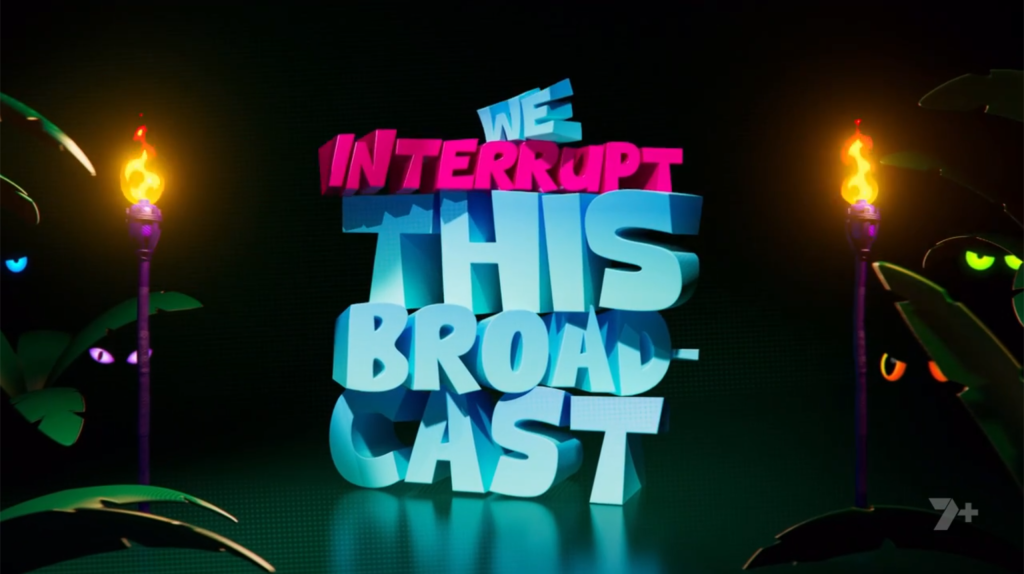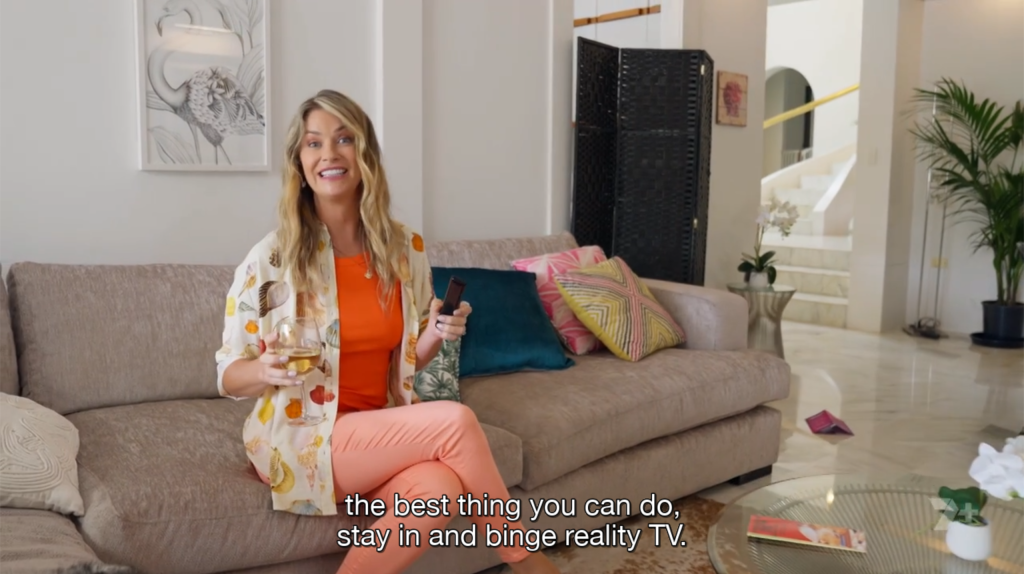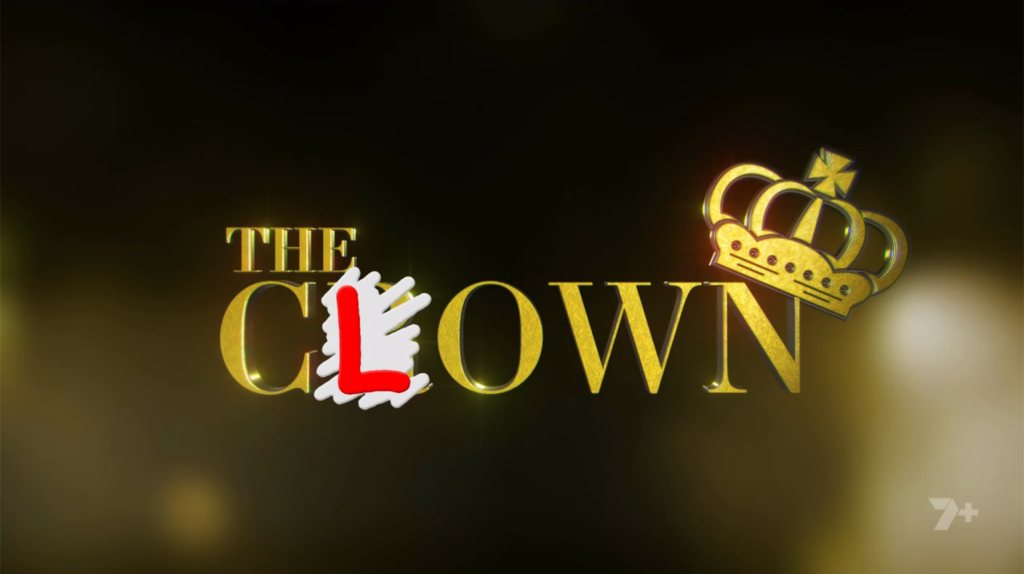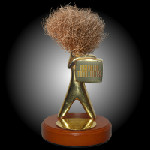Vale We Interrupt This Broadcast
Well, we’re assuming We Interrupt This Broadcast is done – it’s not in the schedules for next week. And yeah, ten episodes seems as good a point as any to pull the pin. A bit of confusion over its departure seems fitting, considering it began with a blaze (well, flicker) of glory before fizzling out well before its run was over.

So what went wrong? Did anything, in fact, go wrong? As the latest installment in Seven’s attempt to make Australian comedy firmly a thing of the past – or at least, solely the focus of nostalgia-based specials – it was always a bit of an odd duck.
At a guess, someone high up kept asking why they couldn’t do a Fast Forward special a la the ones for Hey Hey it’s Saturday and Kath & Kim, only to be told by someone who’d actually watched Fast Forward this century that the material didn’t hold up – not that that’s stopped any of the Hey Hey specials. Eventually someone came up with the genius idea of making an all-new Fast Forward, and hey presto, Full Frontal… uh, We Interrupt This Broadcast was born.
As commercial television ideas go, reviving a successful old format is far from the worst. We’ll be honest: we didn’t mind the first episode of We Interrupt This Broadcast, and the second didn’t fall off a cliff like we expected. Making fun of television is (still) a decent idea for a television show, and the initial focus on quantity as far as jokes go was a nice change from the usual sketch show focus on turning it into the director’s audition reel or a showcase for just how many semi-famous mates they can lure on set for half an hour.
But as expected, eventually the rot set in. Coming up with material for a sketch show is hard work, and We Interrupt This Broadcast was burning through a lot right from the start. Which is as it should be: the alternative is to just repeat the same jokes and situations over and over in a doomed attempt to create the kind of “catchphrase comedy” that doesn’t require work – just throwing the catchphrase out there for the audience to devour like lions given a hunk of raw meat.
To be extremely generous, at least some of the fault lies in the lack of variety on Australian television today. Back in the days of Fast Forward, you could parody ads – an area strangely left untouched here – and local dramas and news programs and arts programs and kids shows and religious shows and whatever you call those shows Russell Coight is parodying and so on. These days, it’s pretty much just reality shows, which in no way excuses them still making Lip Island sketches after ten weeks.

It wasn’t like the bottom fell out of the show. The sketches in episode 10 weren’t always noticeably worse than the sketches in week one, and the show was still powering through the parodies. Hell, we almost nearly laughed at Hot Mess – Australia’s Most Baffling Game Show, even if the joke was basically “Numberwang” done over.
(with two out of three of Aunty Donna making regular appearances, We Interrupt This Broadcast deserves some minor credit for keeping the lights on there long enough for Aunty Donna’s Coffee Cafe to get made)
But the show never developed any material strong enough to carry it over the weak patches, and after a while it became clear that the weak patches were getting bigger as the jokes became more familiar. Again, being stuck with a limited amount of shows to parody didn’t help. Half a hour’s worth of Gardening Australia parodies will struggle to get laughs, even spread over ten weeks.

Still, if they’d actually gone and watched any of the sketch shows from the good old days – or just, you know, Shaun Micallef’s Mad as Hell – they would have noticed that successful sketch shows usually mix it up a little. If they had performers who were good at one kind of thing, they let them do that. Some people did character comedy, some did parodies, some did (shudder) restaurant sketches, some did mockumentaries.
The whole point of making fun of television was that you could copy every single format that was on television to make each sketch the funniest it could be. A full hour composed of ninety second sketches where the first ten seconds was the logo and the “performance” was just reading the lines and maybe pulling a face? Not the best option.
It’s not a matter of simply saying “it should have been better”. Hang on, yes it is: it should have been better. It was just the same thing, over and over again for an hour a week for ten weeks. Even if it had been brilliant, the novelty was going to wear off sooner rather than later.

And “brilliant” isn’t how we’d describe a lot of the material. Seriously, is this a joke anyone actually laughs at, or the kind of joke you think “yeah, I reckon someone else watching this will probably find this kind of funny”.
Because when you’re writing the second kind of joke, nobody’s laughing.
